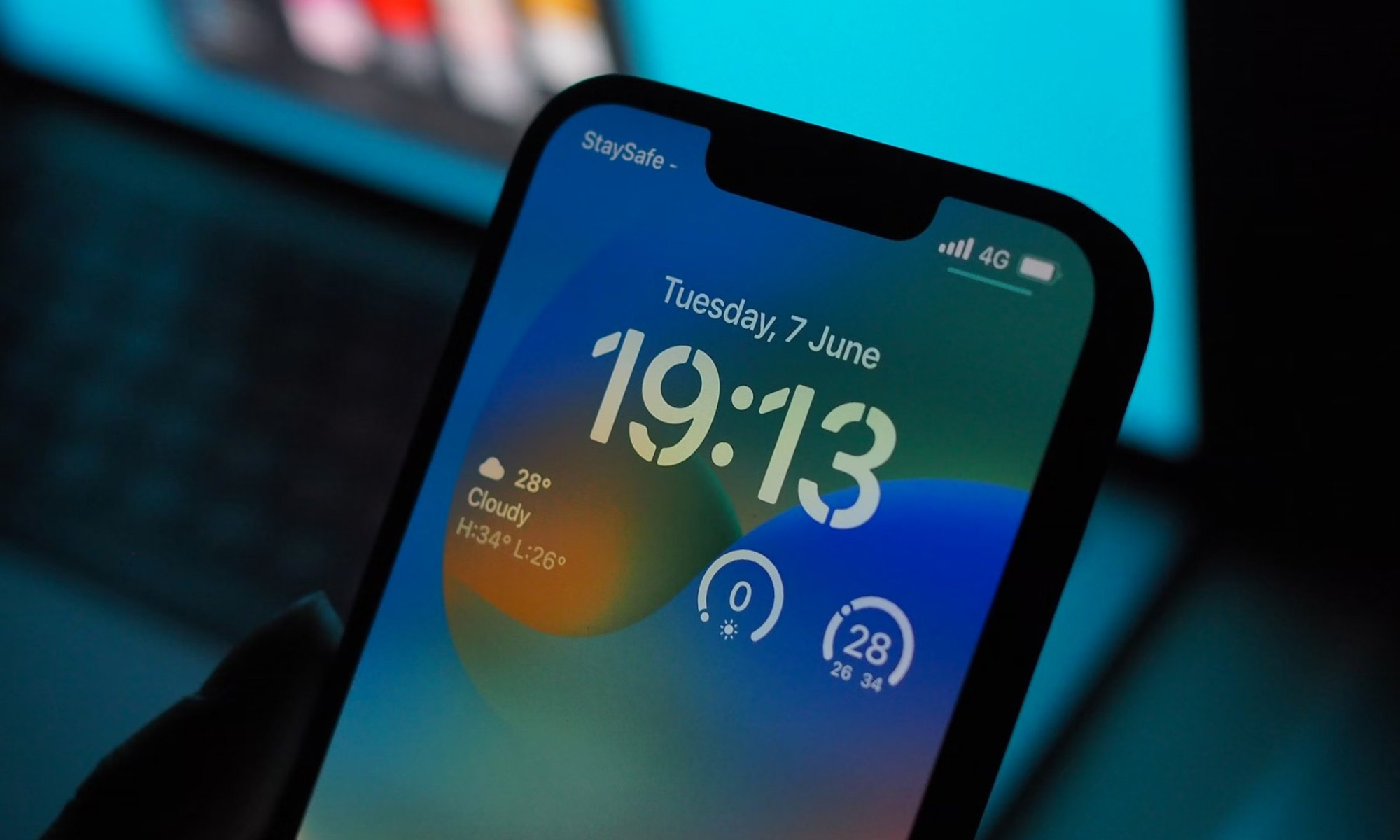News
New Malware Could Mean Trouble For iOS & macOS Security
Security researchers discovered an attack vector that, if exploited, would allow hackers to access messages, photos, and more.

Although Apple’s products are renowned for their robust security, no company is completely immune to hackers and malware. New research has recently revealed an attack vector that can affect Apple’s iPhone and Mac operating systems, allowing criminals to sweep messages, photos, and call history for exploitable data and — even more worryingly — access location data, photos, and the main camera.
The research comes from security firm Trellix, which says that the security flaws rank as “medium to high severity” and bypass the protections Apple puts in place to protect its users.
“The key thing here is the vulnerabilities break Apple’s security model at a fundamental level,” notes Doug McKee, director of vulnerability research at Trellix. McKee thinks his company’s findings could potentially lead to similar bugs being uncovered. However, it’s important to point out that Apple has so far plugged all of the security holes found by Trellix, and there’s no evidence they were ever exploited.
Trellix’s findings build on previous work by Google and Citizen Lab, who jointly discovered malware known as “ForcedEntry”, a zero-click, zero-day iOS exploit linked to Israeli spyware maker NSO Group and found initially on the iPhone of a Saudi activist.
Also Read: Facebook & Instagram Are Testing Twitter-Style Blue Checks
Analysis of ForcedEntry showed that it worked by fooling an iPhone into opening a malicious PDF disguised as a GIF, ultimately bypassing Apple’s sandbox — a protocol that keeps apps from accessing the data stored by other programs and areas of the device.
While Trellix’s findings are worrisome, it’s important to remember that attackers would need to gain a foothold into a device before being able to install any malware, and Apple has been very efficient at issuing security updates. The initial findings relate to macOS 13.2 and iOS 16.3, which were released in January, so it’s vital that readers ensure their devices are fully up to date!
News
Checkout.com Set To Launch Card Issuing In The UAE
The payment service provider’s expansion is a first-of-its-kind investment and could reshape digital transactions across the region.

Checkout.com is laying the groundwork to become the first global payments platform to introduce card issuing in the United Arab Emirates — a move that could reshape how businesses in the region manage financial transactions.
The company plans to roll out its domestic card issuance offering in the UAE by 2026, subject to regulatory approval. The launch would give businesses the tools to issue both physical and virtual branded cards. This, in turn, opens up new ways to reward customers, streamline expense processes, and handle B2B payouts efficiently.
Checkout.com’s CEO and Founder, Guillaume Pousaz, revealed the plans during Thrive Abu Dhabi, the firm’s debut conference in the Emirates. Joined on stage by Remo Giovanni Abbondandolo, General Manager for MENA, Pousaz presented to an audience of over 150 partners and merchants at Saadiyat Island. Also in attendance was H.E. Omar Sultan Al Olama, the UAE’s Minister of State for Artificial Intelligence, Digital Economy, and Remote Work Applications.

Abbondandolo highlighted the strategic importance of the announcement: “As a global business, we focus on bringing products to markets that our customers want and need. Today’s announcement is proof of our commitment to the MENA region and its rising influence in the digital economy. The appetite for innovation here is real, and we’re proud to be building the infrastructure that powers it”.
One early adopter of Checkout.com’s UAE acquiring services is Headout, a travel experiences marketplace, which recently named the payment provider as its main partner in Europe. The company has already begun card issuing there and is keen to expand that offering into MENA once approval is granted.
The expansion of services in the UAE and beyond builds on Checkout.com’s track record in the region. It was the first global payments firm to secure a Retail Payment Services license from the UAE’s Central Bank and was instrumental in rolling out Mada and Apple Pay in both the UAE and Saudi Arabia.
Also Read: Protecting Your WhatsApp Account From Hackers: Kaspersky Expert Tips
The firm has also been rolling out new products: One of the latest is Flow Remember Me, currently in beta testing. It allows shoppers to store their card information once and access it across Checkout.com’s entire network, potentially cutting checkout times by up to 70%.
Earlier this year, Checkout.com also introduced Visa Direct’s Push-to-Card solution in the UAE, enabling both domestic and international payouts. Its collaboration with Mastercard has grown as well, making it easier for businesses to send funds directly to third-party cards securely and quickly.
With regional tech ambitions on the rise — spurred by initiatives like Saudi Arabia’s Vision 2030 and the UAE’s 2031 Agenda — Checkout.com sees its role as one of a key enabler. “Our mission is to help ambitious businesses navigate the complexity of payments, so they can move faster, go further, and make the most of every opportunity,” said Abbondandolo. “In MENA, performance is personal. It’s local. It’s built on trust. And when payments perform, businesses thrive”.

























